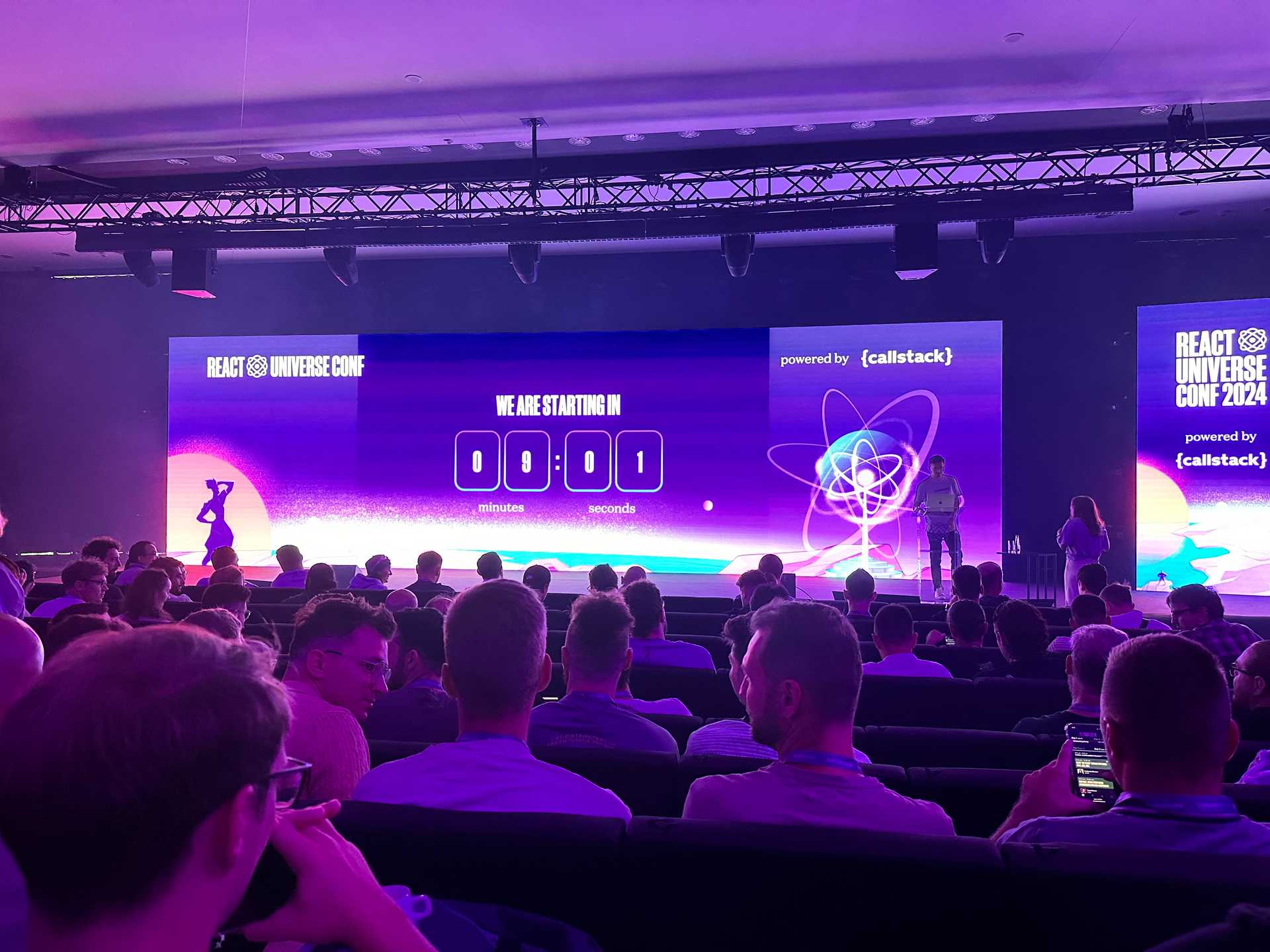A journey to scalability
How many of you have found yourselves having to meet business requirements behind a synchronous process? I believe many, just think, for instance, to the customer journey on the lastminute.com. The customers use it to plan unforgettable vacations by selecting and reserving transportation and accommodations. Once they’ve viewed the homepage, they can enter where they want to depart from, where they want to go, and consequently, the travel dates. After waiting for a few seconds, they will be redirected to a new page, called results page, where there will be travel solution proposals based on the requested itinerary. From this selection, our customer can choose one of the presented solutions and proceed with the purchase.
But the main question is: what happens during that ”waiting for a few seconds“?
Clearly, we are dealing with synchronous communication between two systems. The first one is the results page requesting travel solutions for a specific itinerary, and the second one is a system that provides them.
Let’s focus for a moment on the second system, called transportation supplier aggregator which we will refer to with TA throughout this article. Its main goal, as mentioned earlier, is to provide travel solutions for a requested itinerary. But how does it accomplish this? It does so by aggregating travel solutions from various sources. These sources are flight and train providers with which lastminute.com has commercial agreements like Global Distribution Systems (GDS) and low-cost carriers providers.
The two systems, the results page and the TA, communicate via HTTP using the POST method and following the REST protocol. If, due to business requirements, this type of process, method and communication cannot be changed, how would you model your TA? The goal of this article is to showcase the kind of system we inherited and how we evolved it.
The inherited system: an all-in-one system
The figure above depicts the system inherited by our team, the numbers in the circles indicate the various phases as time progresses. The results page communicated with the TA (phases 1 and 7), requesting travel solutions with a POST HTTP method. The TA (a JAVA application), in turn, used to connect directly to external suppliers (phases 2 and 3). Upon receiving solutions from them, the TA gathered all the responses (phase 4), applied some business logic (phase 5), and prepared the results for the results page (phase 6).
The phases I want to emphasise are number 2 and 3. When the system received a request for a specific route, it had to distribute the requests among our N suppliers. As a result, a main thread existed that spawned N collaborator threads, each responsible for contacting an individual supplier. Each collaborator thread was responsible for generating a request for its designated supplier, utilising network protocols to establish communication, collecting the result, and adapting it to the domain objects of the TA. Once all the collaborator threads had completed their tasks, the main thread continued with its own responsibilities:
- Phase 4: waiting and collecting results from all collaborator threads.
- Phase 5: applying business logic to these results.
- Phase 6: adapting the results into Data Transfer Objects that represent the travel solutions.
- Phase 7: sending them to the results page.
As you can imagine, the inherited TA was a system that suffered from various issues, such as:
- Multiple Responsibilities: The system essentially owned everything, taking on various responsibilities.
- Resource Intensive: It required a significant amount of resources in terms of the number of instances, as well as high-performance components. This system had to handle approximately 50 million requests per day (Yes, you read that correctly), which means around 600 requests per second (calculations were made on days with no particular traffic; however, in certain circumstances, the numbers can even double). Notably, every individual request led to the generation of N+1 threads to fulfil the system’s goals. Each of these threads was responsible for handling complete responses from the suppliers, which, in certain instances, consisted of travel solutions encapsulated within an HTTP response of 25 megabytes. In summary, it was highly resource-intensive in terms of both threads and memory usage.
- Scaling: The system suffered from scaling and coupling issues. If a certain supplier integration was utilised more frequently than the others, scaling a single supplier integration wasn’t feasible due to the interconnected nature of the system. Consequently, scaling required the entire system to be scaled up.
- Deployment Complexity: Making even a minor change, such as one related to a single supplier integration, was challenging to deploy. The entire system had to be redeployed for such changes.
These factors collectively made the inherited TA a complex and challenging system to manage and scale effectively. We were only able to scale it horizontally.
The evolved system
As a team, we had a clear goal of evolving the system while preserving the synchronous process between the TA and all of its clients. Therefore, our focus was on determining how we could modify the communication process between the TA and the suppliers. This area is where we had the potential to make changes. How would you have modified it? The following image describes how we did it.
Also in figure 2 the numbers in the circles indicate the various phases as time progresses. First of all, we decided to extract the integrations with our providers into dedicated and separate systems. For each provider, we created a search driver microservice with the following responsibilities:
- Receiving a request (phase 3).
- Translating it into a request for the specific provider (phase 4).
- Converting the provider’s response into our domain (essentially creating solutions for our customers), and storing them in key-value storage called driver solutions storage, which is based on Redis (phase 5).
Once we had these satellite microservices in place, we needed to figure out how to manage communication with the TA. This is where we considered introducing a message-driven system, and that’s when queues clusters, based on RabbitMQ, came into play. With RabbitMQ, the TA started to send and receive messages (phases 2 and 6) to/from the search driver microservices on dedicated queues (we will see it in detail in a moment). After these microservices completed their tasks, the TA could retrieve travel solutions (that is, the result of the search microservices calls to our providers) from the storage (phases 7 and 8) and then perform business logic and adapt the results for the lastminute.com results page, which awaited the user’s request for solutions.
The important phases to explore are those related to the queues cluster and the corresponding messages exchanged between the TA and the search drivers. Below, you will find figure 3 highlighting these phases.
For simplicity, figure 3 illustrates only a single search driver (since the communication phases are the same for all drivers). For the TA, there is a sequence of steps that can be divided into two main categories: a scheduling phase sequence and a collection phase sequence.
The main thread, which has received the user’s request, first enters the scheduling phase, where it needs to create a search task for a specific search driver (referred to as the search driver component in figure 3). Of course, this task is in a pending state, so the main thread needs to keep track of the count of these tasks created but not yet completed (phase 1). This search task must be sent to the specific driver for execution. Now, let’s delve into phase 2: this task is dispatched via RabbitMQ to a designated driver, and the thread enters a waiting state (phase 3).
Let’s now examine phases 4, 5, and 6. This search task is transmitted as a RabbitMQ message through a queue specific to a search driver, known as the search driver request queue in the figure. This is accomplished using the Remote Procedure Call (RPC) pattern, which is well-detailed on the RabbitMQ website, that is based on the more generic request-reply pattern described here. Using this pattern implied the usage of two queues. The first one is the search driver request queue (essentially the one that the RabbitMQ site calls rpc_queue). The second one is called the search driver notification queue in the figure (basically the one that the RabbitMQ site calls callback_queue).
As we mentioned earlier, the first queue will contain messages related to the search tasks for the workers (in our case, the search drivers), along with two additional parameters: the reply_to queue (the search notification queue) and the correlation_id. On the other hand, the search notification queue will contain messages containing completion notifications for tasks and the correlation_id of the request. This arrangement allows the TA to identify which search task corresponds to a given completion notification.
The reason for employing this pattern is clear: we need to invoke a function on a separate system, in our case, the search driver, and react promptly to the result of this function on the TA side. The function that the search driver must execute includes (as we just said): extracting the necessary information from the search task message to create a request to an external supplier, calling it via an API, adapting the external supplier’s results into a well-known domain, storing them in the driver solution storage (phase 5), and sending a completion notification (phase 6). With the TA receiving this notification, it can update its internal register counter for pending tasks (phases 7 and 8), thanks to the correlation_id, and proceed to the collection phase sequence. Here, the main thread can exit the waiting state immediately based on the absence of pending tasks and essentially retrieve solutions from the storage (phases 3 and 9). Once phase 9 is completed, the TA can continue its flow by applying business logic to all the results from the various search drivers and sending them all to the results page, making our customers happy!
The accomplished goals of the evolved system
The goal of this new system is essentially to mitigate the drawbacks of the old one, so we can say that we have accomplished the following:
- Single responsibilities and reduced resource intensity: In the new system, responsibilities have been distributed among more microservices. The search drivers now have a singular responsibility, which is communicating with external suppliers. The TA has become lighter; its primary responsibility now involves orchestrating with the satellite microservices and implementing business logic. This change has also led to improved resource efficiency compared to before.
- Increased scalability and reduced deployment complexity: The microservices are now less tightly coupled compared to the old system. As shown in figure 2, we can deploy each search driver and the TA as independent systems. This flexibility allows for easy independent scaling if a specific search driver requires more resources due to higher usage than others.
- No violation of the original contract: The various systems that utilise the TA, such as the results page, do not need to make any changes. The transition is transparent, and the original contract remains intact.









